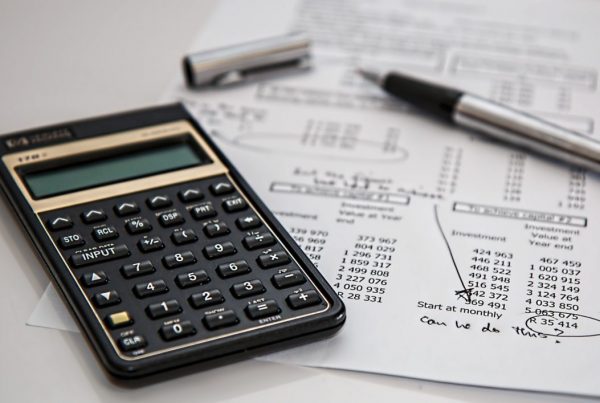Discount fees, or otherwise known as rate buydown fees, are costs that are typically customer directed to lower their interest rate. The Consumer Financial Protection Bureau actually defines discount fees are requiring to actually lower the interest rate, in other words, lenders can’t charge you discount points without actually improving your terms. To better understand this, we will discuss how mortgage interest rates are derived.
The central point of interest rates is discussed as PAR, meaning no cost and no credit to obtain the rate. Refer to the hypothetical (not actual terms) table below:
| 3.500% | 98.500 |
| 3.625% | 98.875 |
| 3.750% | 99.375 |
| 3.875% | 100.000 |
| 4.000% | 100.750 |
| 4.125% | 101.500 |
In this hypothetical chart, the PAR rate would be 3.875%, again meaning there is no lender credit or buydown cost to obtain the rate. If a customer wanted to buy down their interest rate, they could determine how much they wanted to pay to obtain the lower rate. Each price is the difference between 100, so a 3.5% rate would cost 1.5 points (or 1.5% of the loan amount) to obtain that rate. Conversely, you could also take a slightly higher rate and the lender pays you a credit to take a rate that is currently above the par rate. In this case, 4.125% would pay you a credit of 1.5 points (or 1.5% of the loan amount) back to you as a credit to cover any closing costs on the loan.








